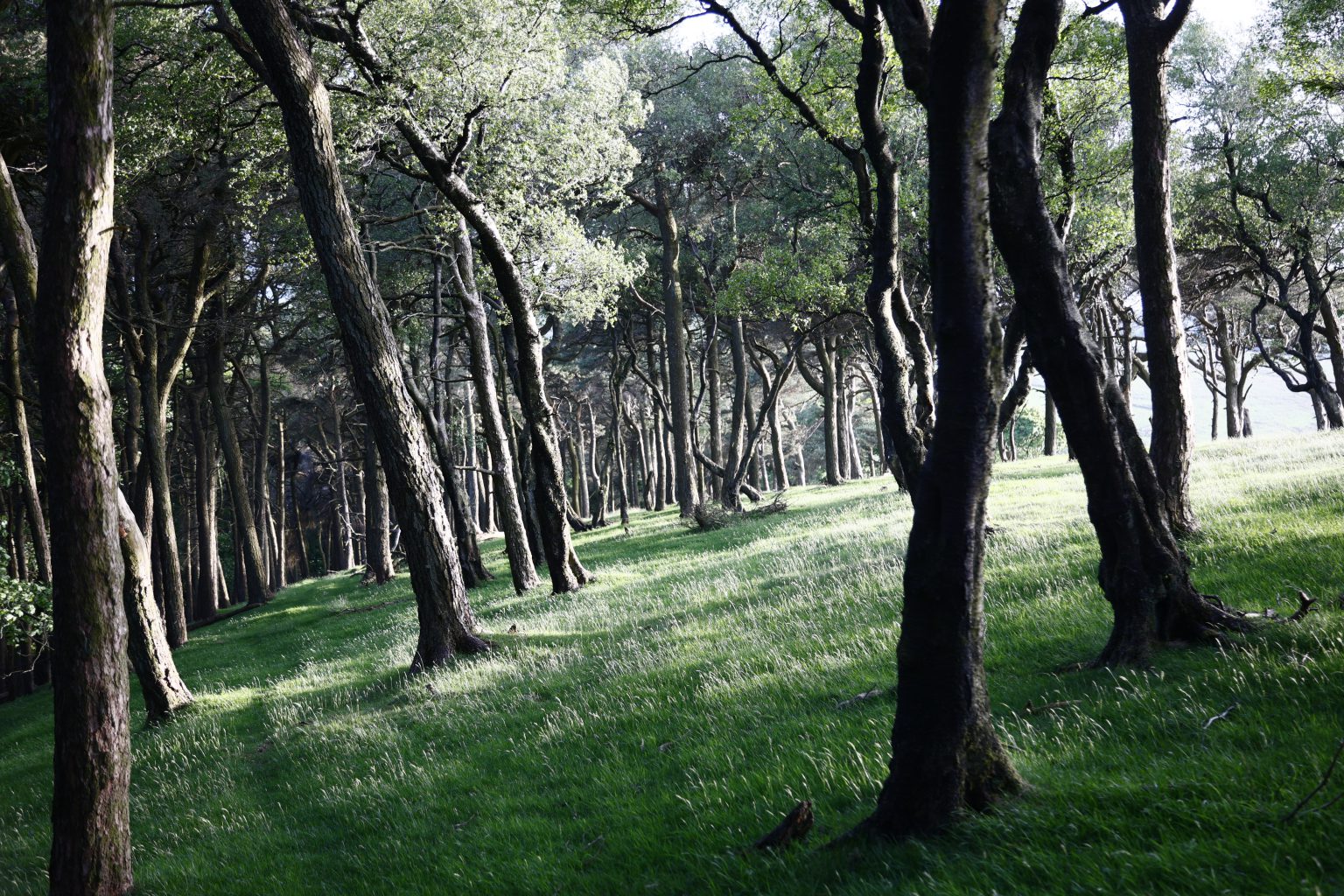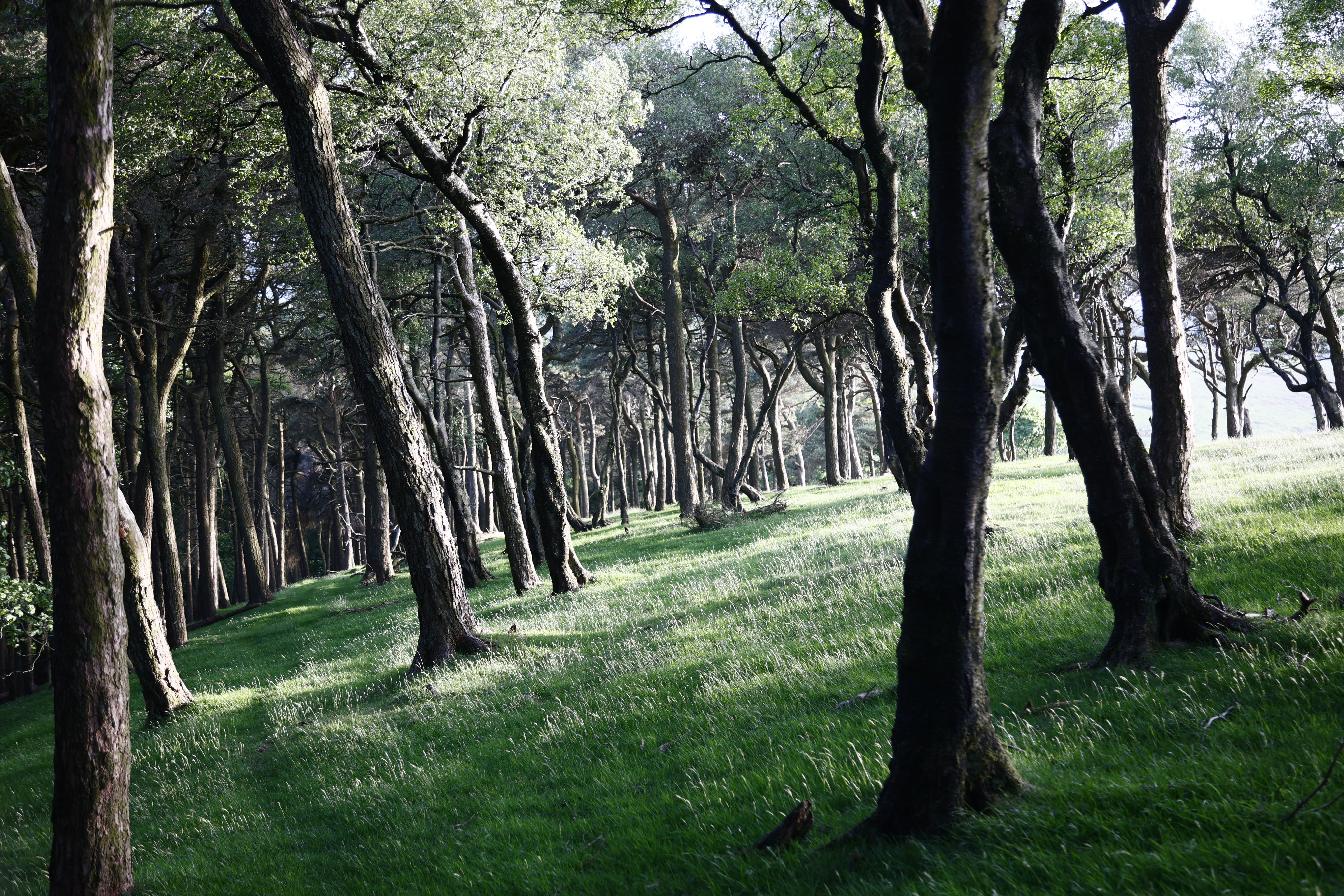
Above: One of my stills shot on the EOS R6.

Limited dynamic range, heavy rolling shutter, line skipping in 4K/60p and a crop of the edges of the sensor. The EOS R6 is a car crash of market segmentation.
Earlier in the year a Canon executive did an interview where he seemed to lay the blame at our door for the bad reputation of their own product.
At least in the Japanese translation, the executive said that video shooters weren’t exactly driving the reputation of the EOS R5, in a veiled reference to the overheating controversy.
Well I’m sorry but if Canon wouldn’t keep ripping us off then I wouldn’t have the opinion I do. It would be very different and I’d own a lot more Canon gear.
The biggest mystery for me during my first impressions of the EOS R6, is why they had to go backwards in so many areas from the cheaper and 2 years older camera, the original EOS R.
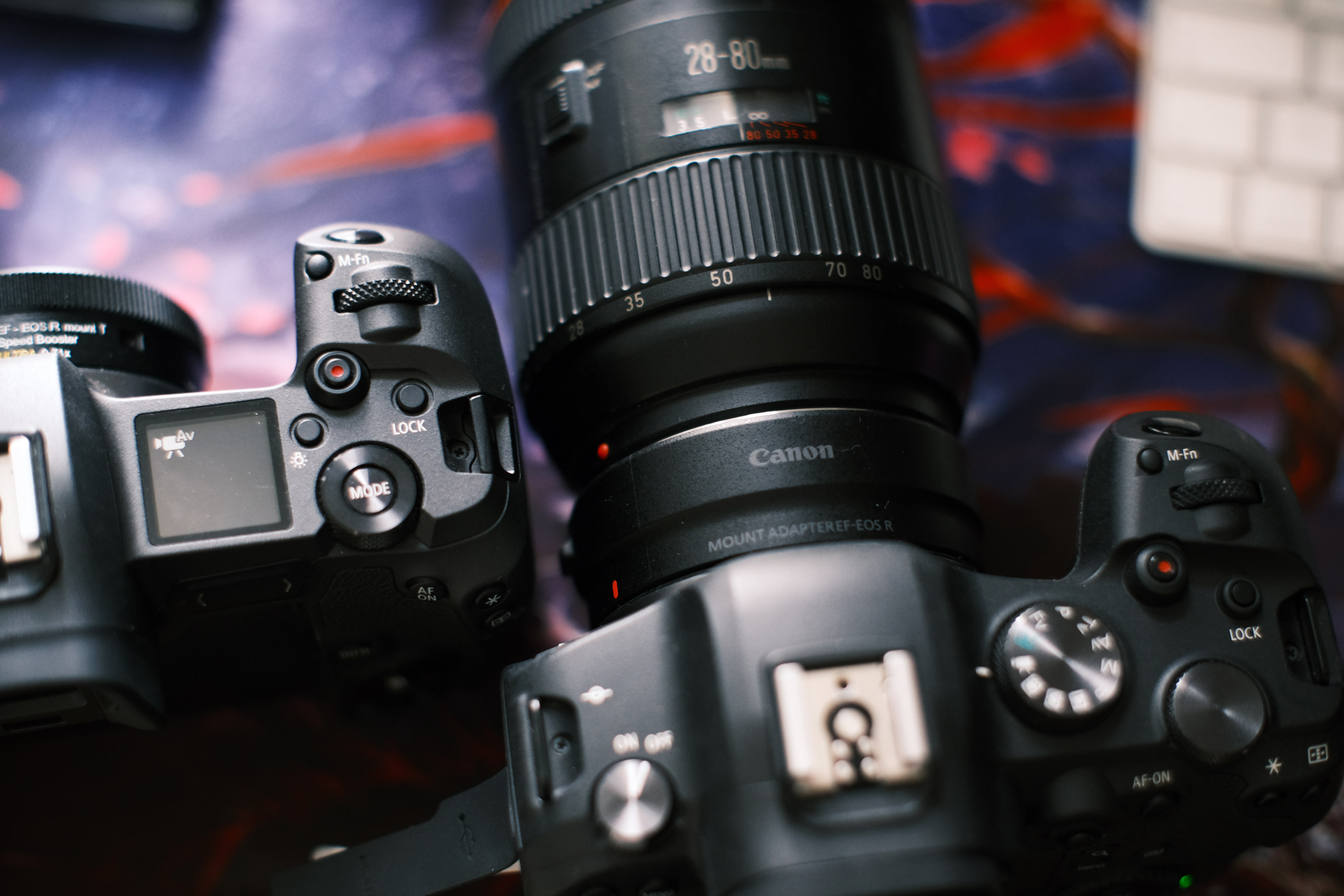
There’s no top LCD display or mode button. No touch sensitive controls. Canon didn’t get either of these things right the first time out but rather than improve them, they’ve ditched them altogether on the EOS R6. Now we’re back to camera design square one with the joystick and mode dial. I really don’t miss the disastrous multi-function touch bar. I do miss the top display.
As I touched on the other day, Canon removed all the exposure modes from video mode apart from two. Here is the comparison between the mode selection screens on the old EOS R versus the new, higher-end EOS R6.
https://t.co/Ym208TcBW7 pic.twitter.com/QcCiwu7a5L
— Andrew Reid (@EOSHD) June 15, 2021
Another thing I find strange is that Canon cameras still insist on storing media in the folders other cameras use. If I have a folder on my card named 140_FUJI, you’ll find your Canon photos and videos in there.
The next thing I find deeply odd is the video quality. In all the reviews I’ve seen it mentioned the EOS R6 is oversampling from a 5K sensor output. If we crop and zoom in 200% on the 4K video and the full 5K JPEG we see this is absolutely not the case, at least not in 4K/60p. In fact to be honest even the JPEGs look a bit whacked with a very crippled dynamic range.
Top: 4K/60p 200% crop. Bottom: Same but JPEG from full 5K sensor output:

I cannot use the 4K/24p mode on this camera because the rolling shutter is the most severe on the market, so to get it to do an acceptable performance you HAVE to use 4K/60p and convert it. The other benefit of the 4K/60p is that it has headroom for a bit of mild slow-mo in post whenever you need it. The disadvantages are that the 8bit looks worse than what Fuji does for under £1000 with the X-S10, and the 10bit 422 is practically uneditable in Premiere. The files just don’t play well in post.
To call these results 4K is really pushing it and in my opinion perhaps even counts for borderline illegal practice as it could be considered misleading advertising.
Switching to 10bit and dynamic range does improve, and detail looks fine at any normal viewing session. Just don’t expect to be happy if you pixel peep it or compare it to the output of a 4K Sony, Panasonic or Fuji camera for half the price.
What Canon giveth Canon taketh away
So we’ve established a bit of a pattern.
The original EOS R had only one card slot. Now the EOS R6 has two, they’ve chopped the resolution of the stills down from 30 megapixels to just 20. The EOS R5 awaits your sale.
The original EOS R had a top LCD display but no mode dial. Now Canon giveth a mode dial but no top display.
The original EOS R had 8 exposure modes in video mode including three custom memory recall modes.
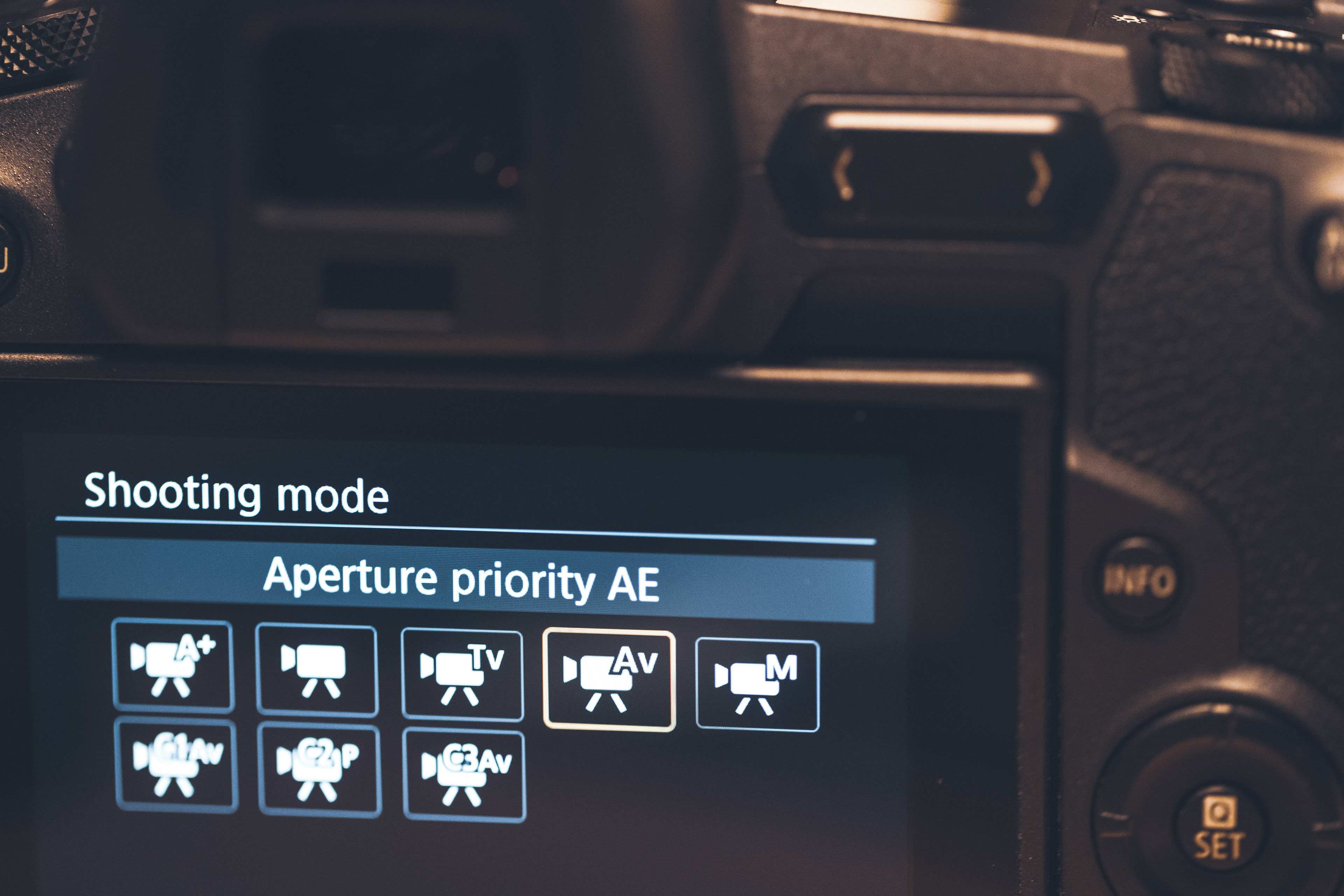
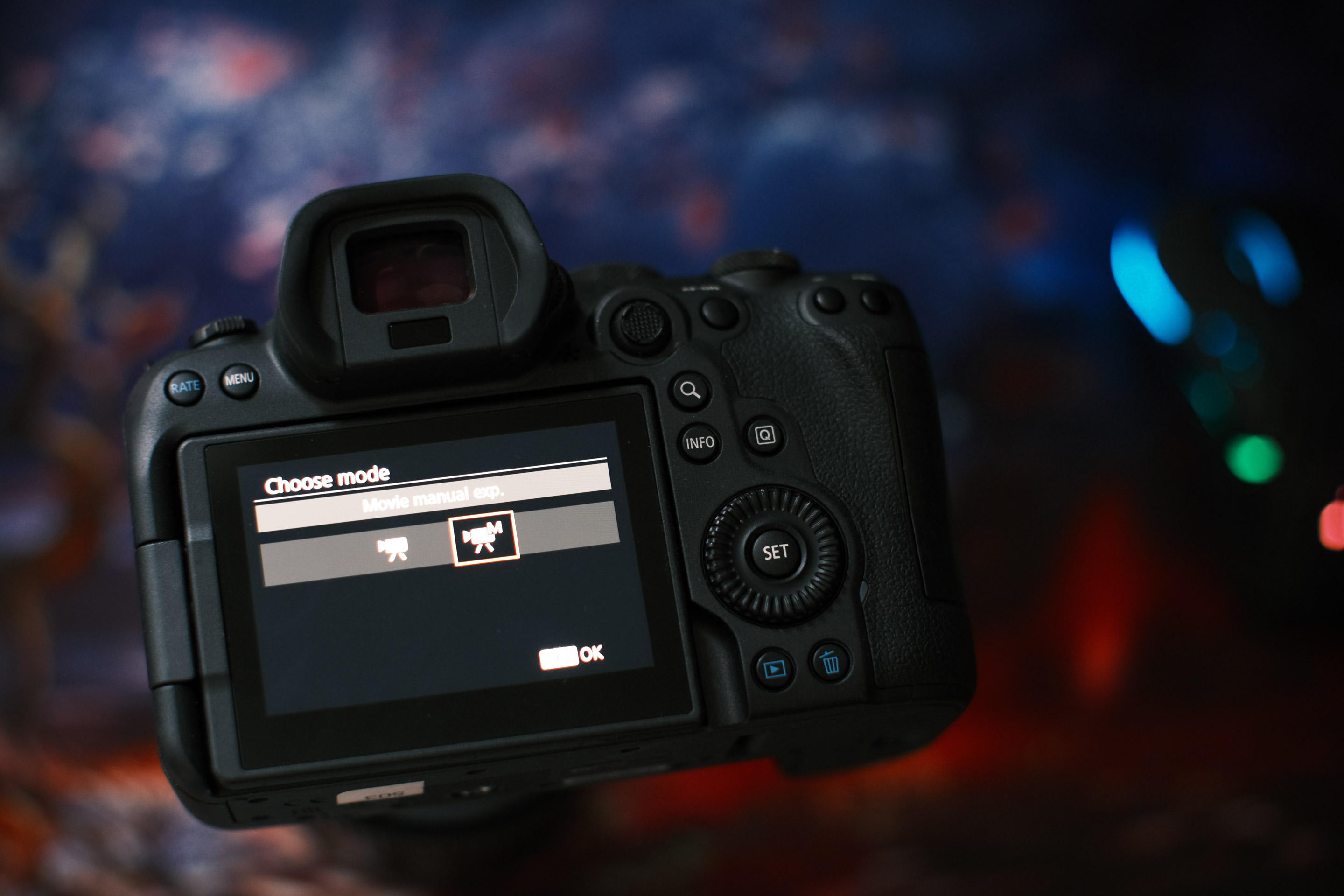
The EOS R6 has just two movie exposure modes, and one of them is for dummies.
Canon giveth a histogram and electronic level in video mode. Canon taketh away when you hit record.
But Canon fanboys don’t mind because they are a special breed. When Nikon released a full frame mirrorless camera with one card slot they got a stoning for it. When the EOS R arrived with one slot, nobody cared! In fact some Canon fanboys probably put their dick in it!
The EOS R had the ability to start recording in a custom video mode when you hit the record button from a stills mode. The EOS R6 has the ability ONLY to shoot full retard auto when you hit the record button from a stills mode.
With no creative control…
And your current settings completely overridden.
Thanks Canon! A £2600 Powershot.
The original EOS R had dual pixel RAW? Guess what. It’s not here.
What Andrew giveth Andrew taketh away
Andrew giveth Canon £2600 for the EOS R6 experience. Andrew will now taketh away.
The store will inevitably find a Canon fanboy to sell it to instead, somebody who is perhaps blinkered to the fact that video exists at all.
The upshot of all this is that Canon lacks any worthy hybrid stills and video camera on the market. You either pony up the big money and go Cinema EOS C70 (or bigger), or spend £4500 on an overheating time bomb called R5. You can spend £2600 on the R6 Powershot experience or save a lot of money by putting a Speed Booster on the 1.6x crop 4K coming out of the old EOS R.
At the end of the day it’s not worth it though. Just get a Sony, a Panasonic or a Fuji.
Fuji have better colour science, a better selection of film profiles, better looking 4K, wider dynamic range, and that’s just in the cheap APS-C cameras.
Panasonic have the upmost respect for video users and the people who read EOSHD. I know this for a fact. Take your money away from Canon and give it to the companies that deserve it.
Sony have a range of professional mirrorless cameras to suite almost everybody. Their core technologies are far in advance of Canon’s and their reliability is ahead as well.
There’s also the fact that you can bring along with you your Canon EF lenses, and that Sigma make a range of better performing mirrorless lenses for E-mount, some of which are unique on the market and which don’t even have an equivalent in the Canon R line-up. You save money on the lenses, as well as in some cases getting better performance. The 28-70mm F2.8 for E-mount and L-mount is tiny, light, it is everything a modern mirrorless lens should be. The Canon R lenses are in many cases even heavier and bigger than the old EF lenses they replace and all the good ones are over £2000. The cheaper ones are just complete tat in my opinion.




